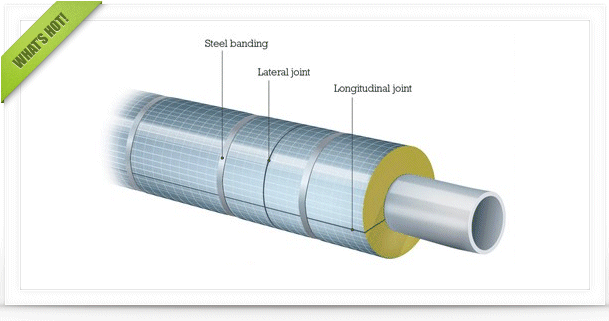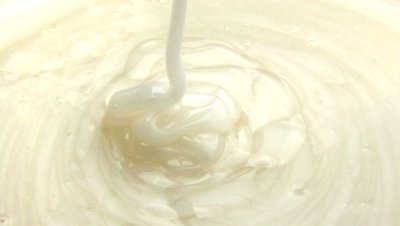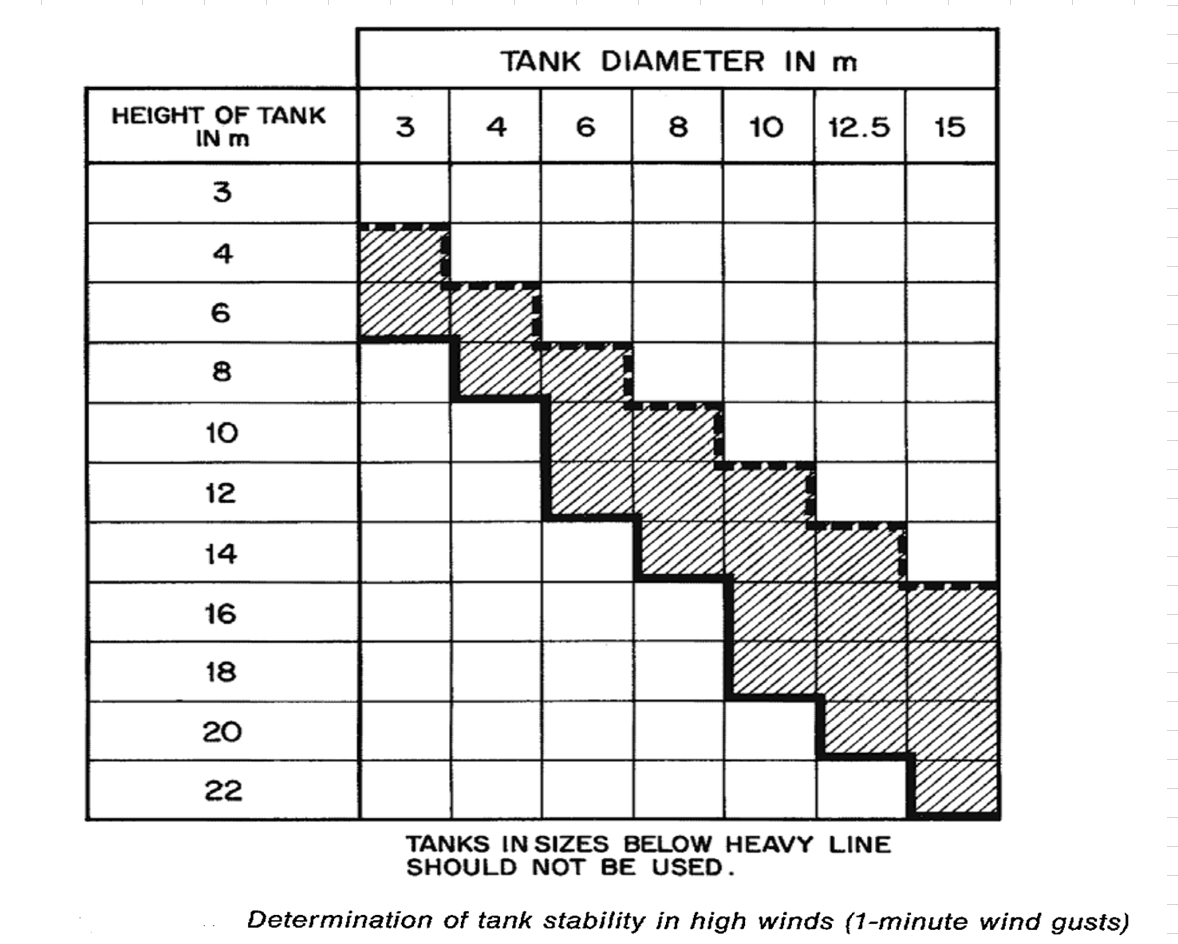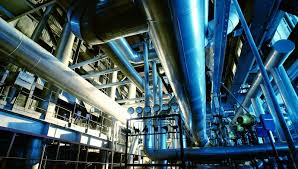Hello,
I'm a relatively new engineer (~2 years in industry) working on small lump sum projects for the chemical company I work for.
This is my first time posting on this website forum ![]() . I've finally reached a point where the intricacies and nuances in engineering excite me. I look forward to going into work each and every day and have a deep desire to further my engineering capabilties and fundamentals. Moving on to the subject matter of this post. Please refer to the attached file showing a rough P&ID overview of the system in question along with some notes.
. I've finally reached a point where the intricacies and nuances in engineering excite me. I look forward to going into work each and every day and have a deep desire to further my engineering capabilties and fundamentals. Moving on to the subject matter of this post. Please refer to the attached file showing a rough P&ID overview of the system in question along with some notes.
 Caustic Pump Move.jpg 120.48KB
0 downloads
Caustic Pump Move.jpg 120.48KB
0 downloads
I have been tasked with a list of projects, of which one is to move (4) pumps from a 2nd floor level down to ground floor level. The lazy, and potentially devasting option, would be to assume that the pumps will perform exactly the same when moved and re-piped down on the first floor. I don't feel comfortable to make the assumption, as perhaps a seasoned engineer with experience may do, that the pump will deliver the same GPM results when moved.
The drawing provided and the remainder of my post will focus on 1 of the pumps being moved on our caustic system. From a very high-level overview, my gut is telling me that the suction side static pressure change (from the additional 12 ft of head gained moving the pump to the first floor) will offset the discharge side static pressure change (from the additional 12 ft of head to overcome to get back up to the second floor). If this were true, the total dynamic head of the system would remain unchanged, and the GPM should remain the same as we wouldn't have moved anywhere on the pump curve.
I do believe there is more to consider than that though... For instance, there will be additional pressure losses from friction from the additional length of pipe needed and also from fittings like 45 bends. Let's assume 30' total new piping required (15' on suction side and 15' on the discharge side). I assume this because the ceiling height from the ground floor is 12' but there will likely be obstructions which will not permit a straight new path of pipe to be routed (conduits, piping, etc in the ceiling blocking the straight path down).
My ultimate goal is to determine if I can relocate the pump to the ground level with minimum GPM losses. If the losses are too severe than we might decide to go with a new pump...
Here is where things get a little tricky for me.
This is not an A to B system. In this system, a centrifugal pump recirculates caustic solution back into the caustic supply tank and also is linked to a caustic header which has multiple end users attached to it. When one of the end users requires caustic an automated block valve opens on that particular line and allows caustic through. When no end user is calling for caustic than the pump only recirculates. The pump runs 24/7. Even when an end user is taking in caustic, the pump is also still recirculating back to the supply tank.
There is no flow meter/gauge on the outlet of the pump discharge line. Therefore, I do not know the current GPM. There is a pressure gauge on this line which reads 70psig (when no end users are taking caustic and the pump is only recirculating back to the tank). I was able to find a pump information excel file for our site which gives useful information on most of our pumps throughout the plant. I was able to determine that the pump is a 2x3x10 pump. The impeller sized being utilized (if the excel file is correct) is 9.62". I also have the model number, RPM=1800 and HP=7.5. With this information, I would be able to locate the correct curve on the pump curve diagram and find the total dynamic head point on that curve which would then give me the GPM. To do this I would need to know the total dynamic head which I can estimate. I would take the total dynamic discharge head (the reading on the pressure gauge) and subtract the total dynamic suction head which would be the static suction head ~ (12 + liquid level height) ft minus some minor pressure losses through friction in the supply line which is ~15 ft in length. The difference between the TD suction head and TD discharge head would be the overall Total Dynamic head as seen on the pump curve.
I witnessed one of the end users take in caustic from our control center dashboard (I saw the auto valve turn green and ran out into the field to look). To my surprise the pressure gauge still was reading 70 psig. It hadn't changed. I decided to look at the caustic supply tank level data which we have collected in our PI system. My thought process is as follows. If the tank level remains constant than there are no end users calling for caustic. There is only recirculation occurring. What comes out of the tank comes right back into the tank. Acc=0= no level change. When the level drops, that must be when an end user is taking caustic. I then calculated the change in level over time and converted that to GPM via the supply tanks diameter. I got about 4-6 GPM. It varies as different end users must have different requirements and line sizes/lengths. Unfortunately, this GPM is NOT the GPM leaving the supply tank going through the pump but rather is ONLY the GPM leaving the system through the particular end user. In other words, this GPM is useless for me.
Questions:
1) Is my best option here to take the discharge line gauge pressure, estimate a total suction head pressure (static head help, friction and fittings losses.), take the difference, and use that on the 9.52" impeller curve on pump curve for my pump model to get a GPM for the recirculation line? Then estimate how much additional friction losses I will have from moving the pump. Then shift on the pump curve by that amount of head loss and determine the new GPM. Then compare the new GPM to the old GPM to see if it's acceptable.
Note- The supply tank is at atmospheric conditions.
2) This is more of a theoretical question and I'm kind of embarrassed that I can't confidently proclaim an answer. Let's assume that when NO end users are taking caustic that the recirculation flowrate= 50 GPM. IOW, the total GPM going through pump is 50 GPM. Lets also say that while this is going on the pressure gauge is reading 70 PSIG.
If I now opened one of the auto block valves and started filling another tank, how would this affect the total GPM through the pump, the reading on the discharge pressure gauge, and the GPM of the recirculation line?
My gut is telling me that the total dynamic head requirement of the system will increase when the auto valve opens and starts filling another tank, we will shift on the pump curve, and the total GPM through the pump will decrease. As a result, the GPM in the recirculation line will decrease as well and the summation of that new recirc line GPM + that of the end user will be less than the 50 GPM that flows through the recirc line when no end users are calling for caustic. Is this correct?
I'm not sure if there is a maximum post length limit here so my apologies in advanced if this was too specific or too detailed for the purposes of this forum. I figured it's best to provide as much information as possible as well as my thought process. Please let me know either way.
-99CHE

 FB
FB












